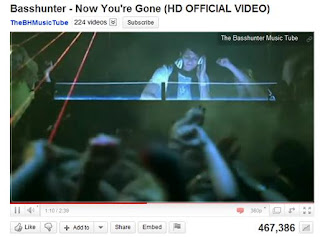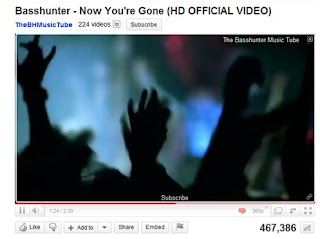As a group we decided that we would use the original music conventions in animation videos in a variety of ways. The main way in which we used these conventions was by creating a stop-motion animation video that developed the ideas already put forward by similar animations on Youtube.
For the location, we decided to create a set using 3 pieces of wood which we would decorate according to the scene.
The mise-en-scene for our video was an important feature to include when sticking to dance music video conventions as we wanted to keep the video looking as realistic as possible but instead of using real people, we would use Action Men and Barbie’s. The mise-en-scene was an extremely important part for our video as we had to create a setting that looked both realistic and fitted our genre of music. This proved to be harder in some aspects as we could not find any work online from preious students who had created a nightclub scene using stop animation to do so.
As we wanted to have a brief idea of what nightclub settings looked like in dance music videos we used Youtube in order to research some of the work of producers/artists in dance music industry. We felt that Basshunter would be a good choice of artist to look at because he is a well known mainstream dance artist and his music videos typically take place in nightclub settings.


This however allowed us to develop our own ideas into animation video and we created a mise-en-scene that would accentuate the events that would take place there. E.g a black background for the nightclub allowed the coloured filters to show more brightly than if there was a more detailed background.
To develop music conventions we had seen on Youtube videos which had been created for both fun and for media projects we decided that we would have the dolls as part of a story to create the verisimilitude we had seen in existing videos.
Our research into theorists like Vladmir Propp gave us an insight into what a conventional story should contain, even for a music video:
The villain — struggles against the hero.
The dispatcher —character who makes the lack known and sends the hero off.
The (magical) helper — helps the hero in the quest.
The princess or prize — the hero deserves her throughout the story but is unable to marry her because of an unfair evil, usually because of the villain. the hero's journey is often ended when he marries the princess, thereby beating the villain.
Her father — gives the task to the hero, identifies the false hero, marries the hero, often sought for during the narrative. Propp noted that functionally, the princess and the father can not be clearly distinguished.
The donor —prepares the hero or gives the hero some magical object.
The hero or victim/seeker hero — reacts to the donor, weds the princess.
False hero — takes credit for the hero’s actions or tries to marry the princess.
By considering the information by Propp when we create our music video we can stick to the conventional components of a story and produce a music video that our audience find interesting.
Because we had to create a story within the music video we decided that a variety of camera shots and compositions such as tilts, pans and focus pulls would keep the viewer interested. From the use of these camera shots, we managed to edit about 3 seconds the video manually; by having the camera blurred we managed to create a focus pull effect. The rest of the editing was completed on the Mac where we used straight cuts from picture to picture.
Comparison of Existing Promotions
View more presentations from Frankiedee
Analysis of final products
View more presentations from Frankiedee.
No comments:
Post a Comment